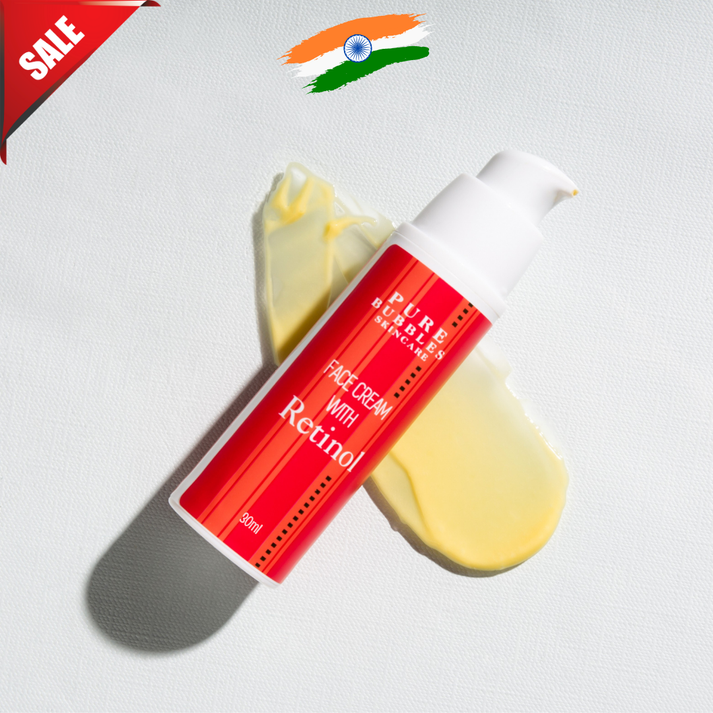Buy These Best Creams for Pigmentation & Dark Spots That Actually Work

Why Pigmentation Happens — Quick Science and Real Solutions
Pigmentation and dark spots appear when melanin — the skin’s natural pigment — becomes unevenly distributed. Causes include sun exposure, hormonal changes, acne scars, inflammation, and aging. Understanding the cause helps you choose the best cream for pigmentation and dark spots that targets your specific concern.
Key Ingredients to Look For (Evidence-Based)
When shopping for a pigmentation cream for face, check for ingredients with clinical backing:
- Vitamin C (stabilized forms): brightens and reduces melanin production.
- Niacinamide: evens skin tone and strengthens the skin barrier — great for sensitive or dry skin.
- Hydroxy acids (AHA/BHA): gently exfoliate to fade spots and speed cell turnover.
- Azelaic acid: anti-inflammatory and effective for post-acne pigmentation.
- Licorice extract and kojic acid: inhibit melanin formation naturally.
- Retinoids (or plant-based retinol alternatives): boost collagen and accelerate fading of discoloration.
- Sunscreen (or pairing with SPF): vital — no cream will fully work without daily sun protection.
How to Choose the Best Pigmentation Cream for Your Skin Type
Not all pigmentation creams suit every skin. Follow these guidelines.
For Oily or Acne-Prone Skin
Opt for lightweight, non-comedogenic gels or serums with niacinamide, azelaic acid, or BHA. These control oil, reduce inflammation, and fade marks without clogging pores.
For Dry and Sensitive Skin
Choose the best pigmentation cream for dry skin that includes moisturizing ingredients (glycerin, hyaluronic acid) plus niacinamide or a gentle AHA. Look for “for sensitive skin” formulations and avoid high concentrations of irritant actives initially.
For Mature Skin
Retinoid-containing creams or retinol alternatives combined with antioxidants and peptides work well to reduce both pigmentation and fine lines.
How to Use Pigmentation Creams Safely and Effectively
Consistency and layering matter.
Morning and Night Routine (Simple)
- Morning: Cleanse → Apply antioxidant serum (Vitamin C) → Pigmentation cream if lightweight → Broad-spectrum SPF 30+.
- Night: Cleanse → Apply targeted pigmentation cream (retinoid or AHA-based) → Moisturizer.
Always patch test new products on the inner forearm for 48 hours. Start with lower concentrations and gradually increase. If you have hormonal melasma, consult a dermatologist — active prescription treatments may be needed.
Actionable Fashion & Makeup Tips to Hide Dark Spots (Quick Wins)
- Use color correctors: peach or orange tones neutralize blue-brown dark spots before foundation.
- Choose matte or satin foundations: medium coverage foundations hide spots better without looking cakey.
- Scarves, hats, and sunglasses: stylish sun protection that reduces further pigmentation.
- Layering: apply a lightweight concealer over foundation on spots, then set with translucent powder for longevity.
Realistic Expectations — Timeline and When to Seek Help
Topical creams often take 6–12 weeks to show visible improvement; deeper or hormonal pigmentation may take longer. If marks worsen or you notice severe irritation, stop use and consult a dermatologist. Professional treatments (chemical peels, lasers) may be recommended for stubborn pigmentation, but always prioritize safety and a qualified provider.
Choosing Products That Respect Your Values
Look for cruelty-free practices, clear ingredient lists, and transparent concentration claims. Labels that promise “instant removal” are usually overstated — realistic claims and ingredient transparency are signs of a trustworthy product.
Final Tips — Quick Checklist Before You Buy
- Does it list active ingredients and concentrations?
- Is it suited for your skin type?
- Does it advise sun protection?
- Are there believable clinical claims or reviews?
- Is the return or satisfaction policy clear?
Call to Action
Ready to take the next step? Shop our curated selection of dermatologist-backed pigmentation creams or read more detailed guides to build a morning-to-night routine that works for you. Protect, treat, and glow — your brighter skin starts with the right cream and consistent care.
Shop Pure Bubbles Skincare now with confidence for safer, effective results today.
FAQs
Q1: How long before I see results from a pigmentation cream? A1: Most topical treatments show noticeable changes in 6–12 weeks with consistent use and daily sun protection.
Q2: Can I use Vitamin C and retinoids together? A2: Yes, but introduce them slowly. Many people use Vitamin C in the morning and retinoids at night to reduce irritation.
Q3: Are natural ingredients effective for dark spots? A3: Some natural extracts like licorice and kojic acid have evidence for brightening, but effectiveness depends on concentration and formulation.
Q4: Will sunscreen alone prevent pigmentation? A4: Sunscreen is essential and prevents new spots but won’t remove existing pigmentation by itself — combine it with targeted actives.
Q5: Can pregnancy-safe creams treat pigmentation during pregnancy? A5: Some strong actives (like prescription retinoids) are not recommended during pregnancy. Use gentle, pregnancy-safe options and consult your healthcare provider.
Protecting your skin and choosing the best cream for pigmentation and dark spots is about consistent care, informed ingredient choices, and sensible sun protection. Start with a patch test, set realistic timelines, and treat your skin kindly — results will follow.